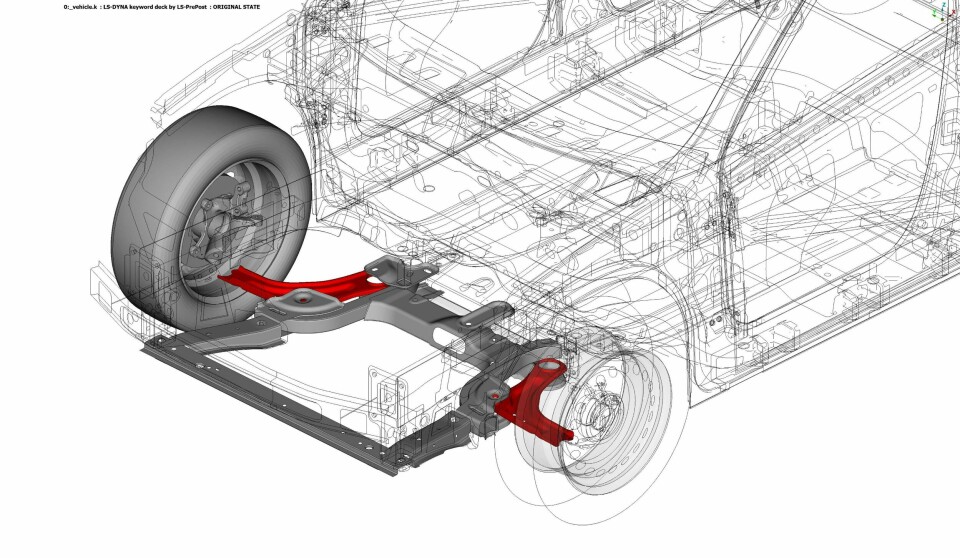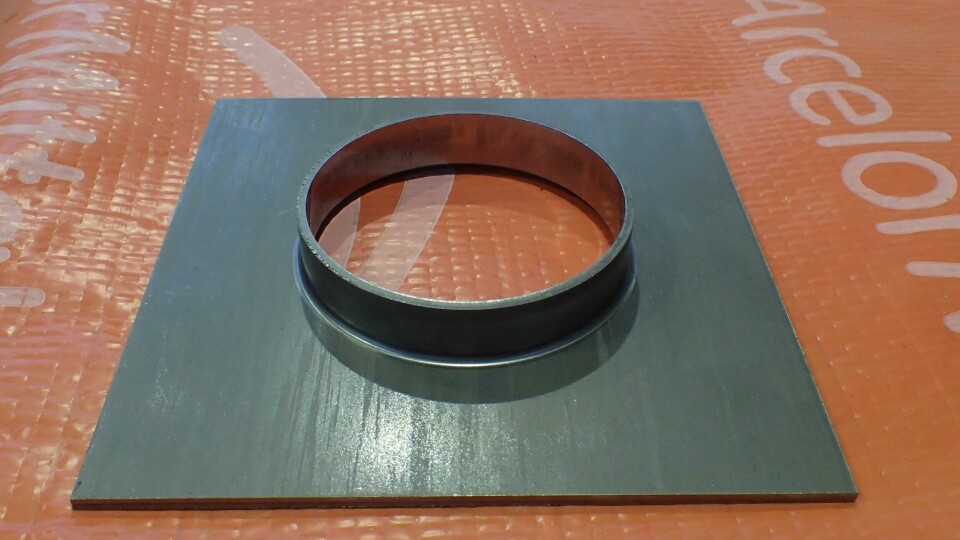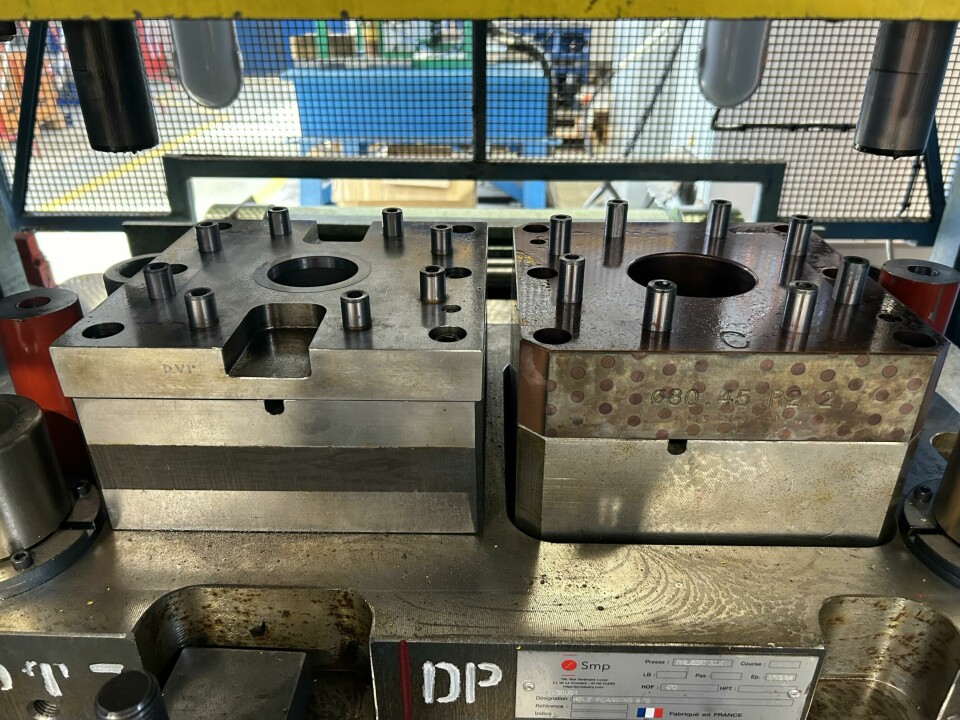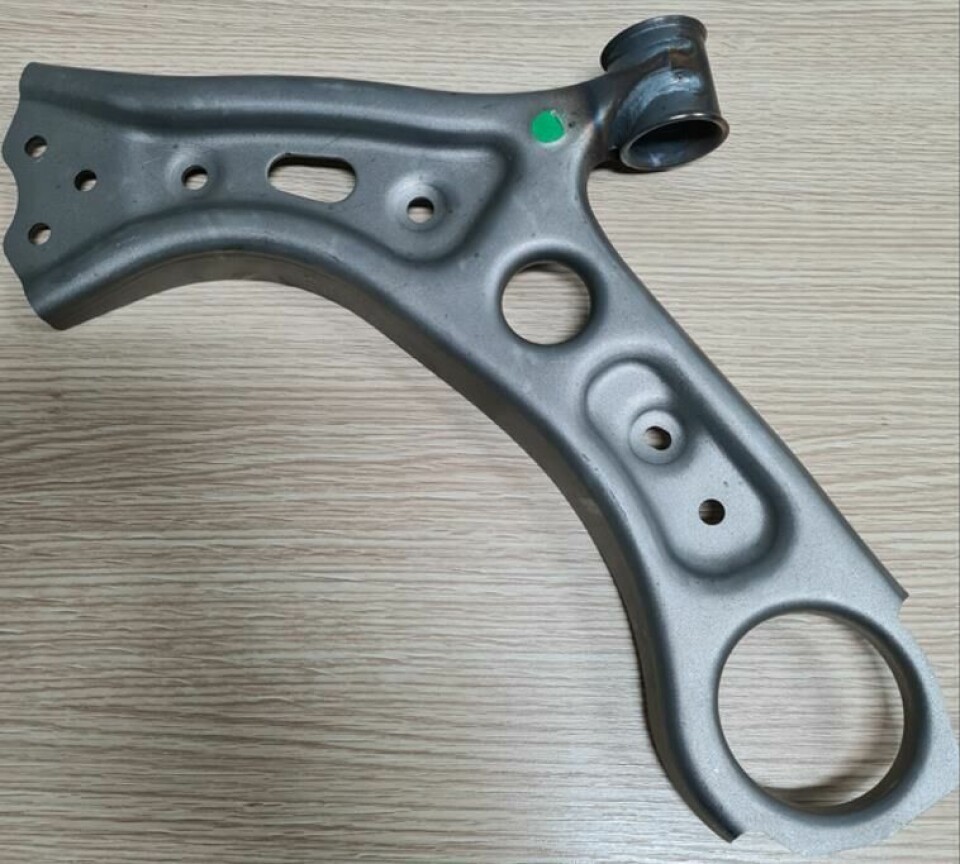Lighter, Stronger, Greener: ArcelorMittal’s Steel Revolutionises EV Chassis
PARTNER CONTENT
This content was paid for by ArcelorMittal and produced in partnership with AMS
ArcelorMittal’s latest S-in motion study has identified a range of designs for the Lower Arm Control of front chassis for Electric Vehicles (EVs), and the solution can be adapted for different powertrains, including Battery Electric Vehicles (BEVs) and Plug-in Hybrid Electric Vehicles (PHEVs).
ArcelorMittal is the leading steel supplier for the automotive industry and offers a wide range of steel grades specifically developed for automotive chassis parts. Through our S-in motion research programme, we develop attractive and innovative steel solutions to help OEMs meet their technical challenges. Our latest S-in motion study has identified a range of designs for the Lower Arm Control of front chassis for Electric Vehicles offering lightweighting, affordability, excellent safety credentials, and CO2 savings. The technically powerful solutions can be adapted on different powertrains including Battery Electric Vehicles and Plug-in Hybrid Electric Vehicles. The catalogue of solutions utilises the latest high strength steels available for this application: the Hot Rolled Complex Phase 980 Strech Flangeable (HRCP980SF, with 980MPa Ultimate Tensile Strength). This grade applied to Lower Control Arm allow OEMs to create lighter, safer, and more environmentally friendly vehicles.

The technical requirements of this application are very high and thus demanding for the materials. The HRCP980SF is an excellent candidate which satisfies the numerous technical requirements and can bring weight saving and in some cases performance increases. Solutions were designed with this grade and compared to solutions with grades representative of today’s benchmark such as Hot Rolled Complex Phase 800 Stretch-Flangeable (HRCP800SF, 800MPa UTS Steel). The S-in motion solution includes a design diversity to address different design families existing in the market, for example with single or double shells, and with vertical or horizontal axis bushings.
A weight saving from 6% to 16% was evaluated for all the configurations thanks to the HRCP980SF compared to the existing reference in HRCP800SF, also leading to an interesting potential for CO2 savings during the vehicle production phase. These results were validated using a numerical approach. The solutions were designed with Kinematic and Compliance consideration in mind, as well as hardpoint position to generate the loads. Thereafter, stiffness, NVH, proof load cases, extreme load cases, buckling and fatigue performance were all validated.

The demanding performance of Lower Control Arms required very specific and complex shapes to achieve a high stiffness. Another key aspect of the geometry of the Lower Control Arm is the connection with the front subframe through bushings, especially in the case of the “Tokyo Bay” geometry when a horizontal axis bushing is used. To meet these geometrical constrains, a very effective stretch-flangeability is required. In terms of material properties and specification, this can be translated as a very good hole expansion ratio. The microstructure of the HRCP980SF was specifically developed to maximize the hole expansion ratio and guarantee a value of 50%, with typical value around 75%.
ArcelorMittal has developed a specific tool and the know-how to evaluate the flangeability of the materials through the hole expansion ratio. This tool allows to test different geometrical configurations and can be used to characterise the steel grades in our lab and propose recommendations. ArcelorMittal Global R&D can also apply this tool to work in collaboration with stampers and OEMs.
The HR-CP-980SF product also offers high fatigue properties and effective welding properties compatible with the specific requirements of Lower Control Arms.


ArcelorMittal has developed a specific tool and the know-how to evaluate the flangeability of the materials through the hole expansion ratio. This tool allows to test different geometrical configurations and can be used to characterize the steel grades in our lab and propose recommendations. ArcelorMittal Global R&D can also apply this tool to work in collaboration with stampers and OEMs.
The HR-CP-980SF product also offers high fatigue properties and effective welding properties compatible with the specific requirements of Lower Control Arms.

Beyond numerical design activities, experimental validations were also performed within the European Horizon Fatigue4light* project in partnership with several OEMs and Tier ones. It has had the opportunity to test the performances of the steel, based on an existing serial design. Parts were first, successfully stamped. The project confirmed that the formability of the HRCP980SF allowed to successfully form the part and the specific geometrical features representative of a Lower Control Arm. The parts were then welded, and the fatigue tests were performed. All the results confirmed effective behaviour of parts, thus validating the performances of the HRCP980SF for the Lower Control Arm application.
The HRCP980SF is today available in North American and Europe, and ArcelorMittal teams are happy to support material testing and approval.


